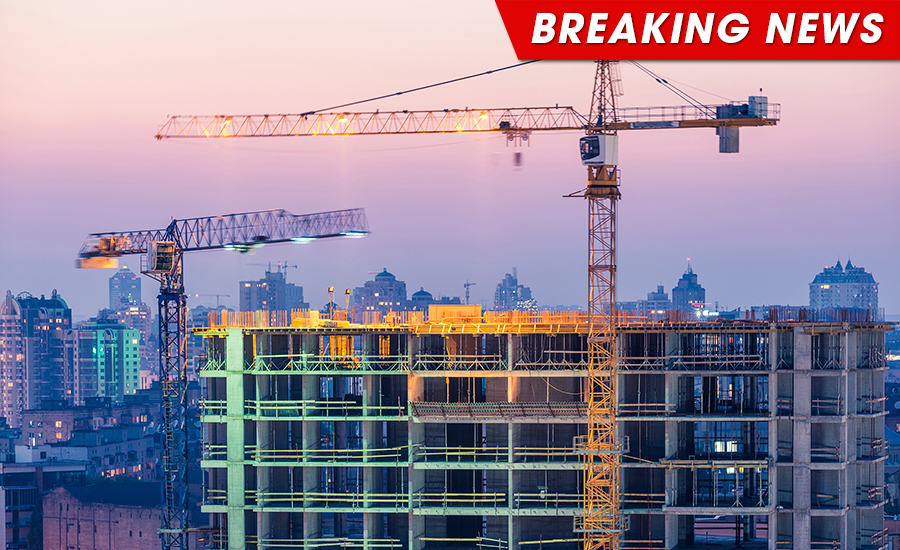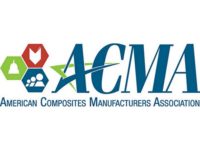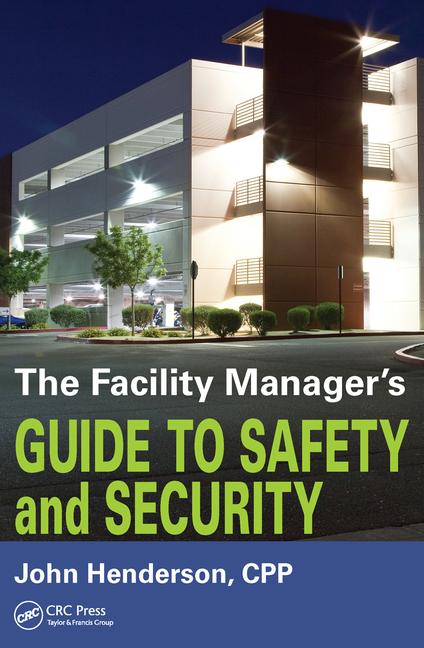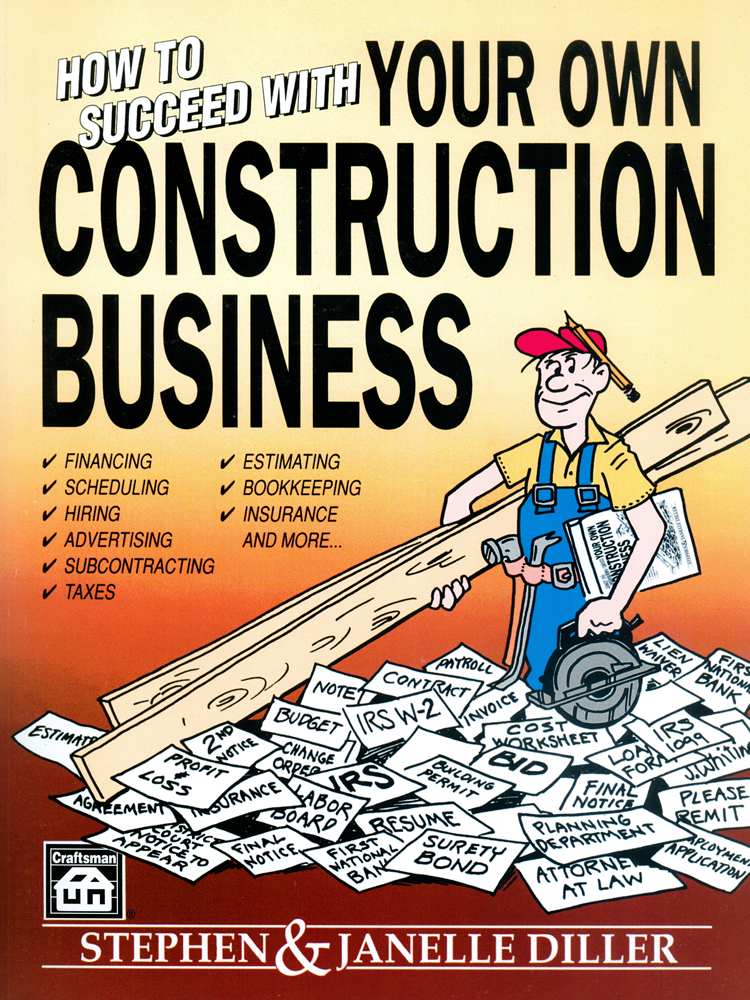During a hearing before the U.S. House of Representatives Energy and Commerce Subcommittee on Digital Commerce and Consumer Protection, Shane Weyant, President and CEO of Creative Pultrusions – representing the American Composites Manufacturers Association (ACMA) – explained how composites are a 21st century solution for 21st century infrastructure.
The hearing was part of the subcommittee's ongoing "Disrupter Series" that presents opportunities for members of the House to learn about emerging technology and their applications in the marketplace.
ACMA's participation in the hearing contributed to its ongoing efforts in Washington, D.C., to give a voice to the more than 3,000 composites manufacturers, suppliers, distributors, end users and academics it represents.
Weyant's testimony outlined that the composites industry has great potential to impact traditional infrastructure and construction markets where legacy materials dominate – holding approximately a 98 percent market share.
"The structural capabilities of composites give these materials the ability to change the 150-plus year standard for building bridges in this country," Weyant said.
"Composites bring the advantage of extended service life and superior performance through inherent resistance to rust and degradation. When traditional materials such as steel-reinforced concrete rust, crumble and spall, composites remain undamaged."
Weyant's testimony introduced the subcommittee to the benefits of composites, including their sustainability, strength to weight ratio, corrosion resistance, durability, and design flexibility. He also shared the wide array of potential end uses for composites in infrastructure, including bridges, utility poles and crossarms, water and wastewater treatment systems, and pipes and tanks.
Weyant added that composites have a proven track record of success, and that America has an opportunity to replace its failing infrastructure by rebuilding it with materials that are both innovative and proven.
"The Federal Government has been instrumental in the development of standards for other industries. Now is the time for Federal agencies to work with us and our academic partners ... to develop those standards that would allow us to meet the challenges of our future with innovative solutions," Weyant said.
The hearing also featured testimony from Dr. Hota GangaRao, Ph.D., Maurice A. and Jo Ann Wadsworth Distinguished Professor of CEE, CEMR, Director, Constructed Facilities Center, West Virginia University. The university, which has been conducting extensive research in the area of composite materials to combat the repair cost of deteriorated conventional structures, became a member of ACMA last year.
Dr. GangaRao has been conducting independent research since 1969 and is the author of more than 300 technical publications. He is an expert in the application of composites to constructed facilities and the implementation of polymer composite structural components for buildings and bridges. Dr. GangaRao's testimony focused on the research and development of composite applications in infrastructure. He also touched on the design codes that will facilitate further implementation of FRP composites.
"With recent launching of new design codes, new markets will open up and existing markets will further broaden for the advanced composites industry," Dr. GangaRao said. "The support of the US government has been integral in the initial implementation of advanced composites. With continued support, manufacturers will continue to expand, creating jobs for Americans and improving our infrastructure."
The remarks and questions from Members of the Subcommittee demonstrated a profound interest in the ability of composites to revolutionize infrastructure, from the speed of installation to their performance in harsh marine environments. Members were also interested in learning more about the barriers the composites industry faces in the standards realm.
To see the full hearing and read the submitted testimony of each witness, click here.





